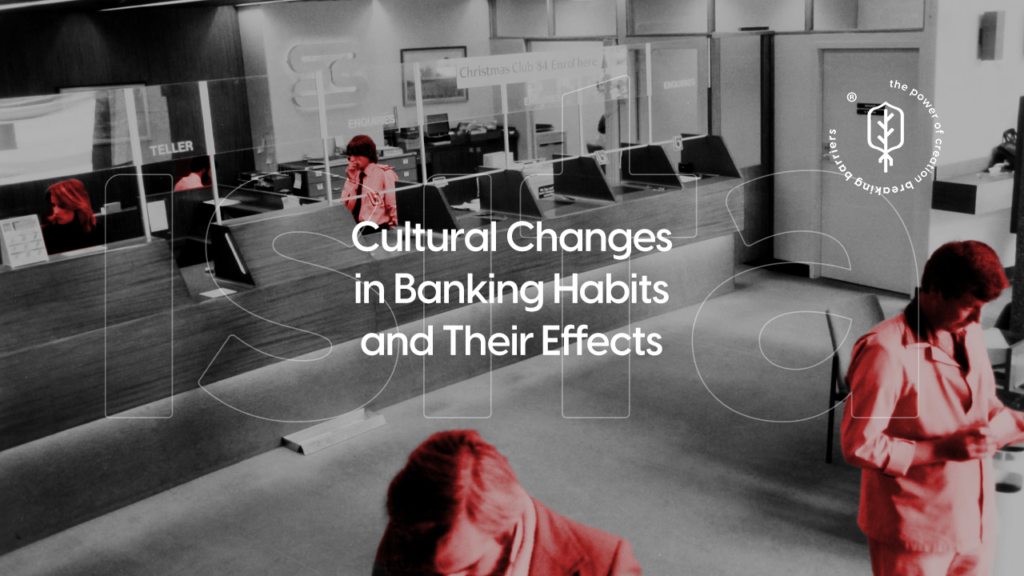Software development has evolved significantly in recent decades, and one of the approaches that has revolutionized the industry is the agile methodology. In a world where speed, flexibility and adaptability are essential, agile methodologies enable teams to deliver high-quality software continuously and efficiently.
Adopting an agile approach to software development not only improves team productivity, but also optimizes customer satisfaction, reduces costs and mitigates risks. In this article, we will explore the main benefits of the agile methodology, how it impacts organizations and why it is an indispensable option in today’s technological environment.
1. What is an Agile Approach?
Agile methodology is a framework based on principles of flexibility, collaboration and continuous improvement. It originated with the Agile Manifesto in 2001, where four fundamental values were established:
- Individuals and interactions over processes and tools.
- Software running on extensive documentation.
- Collaboration with the customer over contractual negotiation.
- Responsiveness to change over following a plan.
These principles have enabled companies to adapt quickly to market changes and deliver software more efficiently and with greater value.
2. Main Benefits of the Agile Approach
Greater Flexibility and Adaptability
One of the biggest challenges in software development is uncertainty. Project requirements may change as customers refine their needs. With an agile approach, teams can adjust priorities in each iteration, ensuring that the final product meets current customer expectations rather than the outdated specifications of an initial plan.
Continuous Delivery of Value
Instead of waiting until the end of a project to present a finished product, the agile methodology allows for frequent, incremental deliveries. This allows customers to see real progress in each iteration and give immediate feedback, ensuring that the software meets their needs from the earliest stages of development.
Increased Collaboration and Communication
Agile teams work in short cycles (sprints), which encourages continuous communication between developers, testers, designers and customers. By using tools such as scrums, kanban boards and retrospectives, a more dynamic work environment aligned with business objectives is created.
Risk Reduction
The agile approach minimizes risk by breaking large projects into manageable deliverables. This allows teams to catch bugs and problems early on, reducing the cost of correcting them and ensuring that critical failures do not accumulate in the final product.
Increased Team Motivation
Team autonomy and empowerment are fundamental pillars in Agile. Instead of following rigid instructions, teams are empowered to make key decisions and propose innovative solutions. This generates greater commitment, creativity and job satisfaction.
Improved Software Quality
The integration of practices such as test-driven development (TDD), continuous integration (CI) and continuous deployment (CD) within the Agile framework allows early identification of bugs, ensuring that the delivered software is robust and reliable.
Increased Customer Satisfaction
Constant collaboration with the customer and frequent delivery of functional software builds trust and ensures that the final product meets customer expectations. The ability to adapt to changing requirements is key to keeping customers satisfied.
3. Implementing an Agile Approach in Companies
To take full advantage of the benefits of Agile, companies should adopt best practices, such as:
- Training the team in Agile methodologies such as Scrum, Kanban or XP.
- Use of agile management tools such as Jira, Trello or Asana.
- Fostering a culture of continuous improvement and experimentation.
- Hold regular meetings to evaluate progress and adjust strategies.
4. Successful Cases in the Application of Agile
Technology companies
Companies such as Spotify, Google and Amazon have implemented Agile methodologies to innovate quickly and improve their responsiveness to the market. Thanks to Agile, they can perform continuous updates without affecting the user experience.
Startups
Startups adopt Agile to optimize their resources and launch products quickly and effectively. This methodology allows them to experiment, validate ideas and adapt to market changes without wasting time or budget.
Financial Sector
Banks and fintechs have turned to Agile to develop mobile applications, payment platforms and digital services with greater speed and quality. The ability to iterate quickly allows them to offer more secure and efficient products.
5. Challenges of the Agile Methodology
Although Agile has many benefits, it also presents challenges:
- Resistance to change: Teams accustomed to traditional methodologies may have difficulty adapting.
- Managing customer expectations: Although Agile is flexible, some customers expect fixed timelines and budgets.
- Coordination in large teams: Implementing Agile in companies with multiple departments requires planning and process alignment.
6. Conclusion
The Agile approach to software development not only improves productivity, but also increases software quality, customer satisfaction, and responsiveness to market changes.
For companies looking to improve their software development with Agile methodologies, having experts in Agile implementation is key.
Find out more about how to adopt Agile in your company by visiting IsitaTech.



